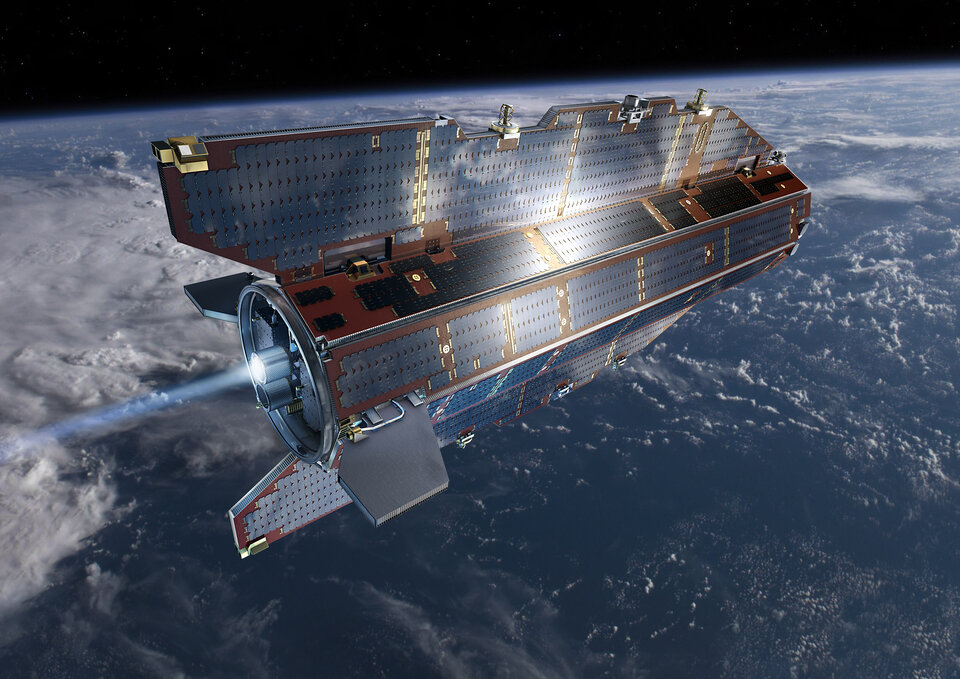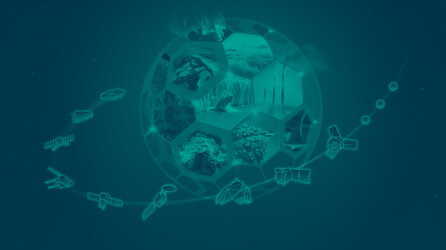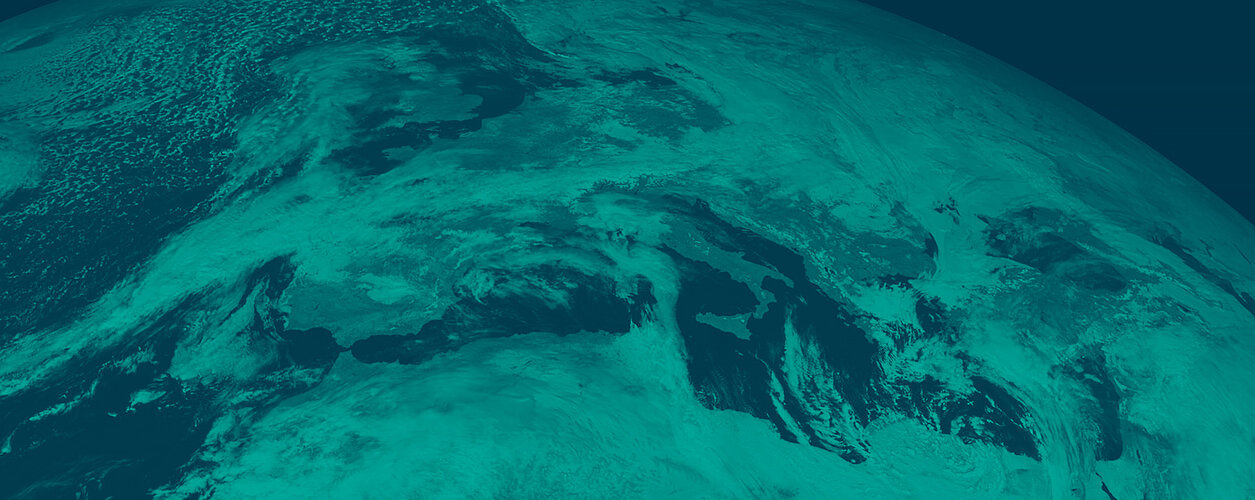Introducing FutureEO
In brief
Pioneering world-class science missions for Earth
Harnessing novel ideas to develop pioneering satellite missions and concepts, nurturing imaginative new ways of using Earth observation that enables scientific excellence to flourish and address environmental challenges of tomorrow, FutureEO is ESA’s Earth observation research and development programme. Earth science is at the heart of this forward-looking programme, but FutureEO, critically, also underpins the development of operational satellite missions dedicated to delivering robust systematic data for services that improve daily life and boost the economy. The agility of FutureEO also offers room for manoeuvre, with provision to adapt to emerging challenges and opportunities for daring new observing ideas to be tested, opening the door even wider to innovation.
In-depth
Thirty years ago, ESA launched its first Earth observation satellite ERS-1 – a historic milestone that paved the way to a new era in satellite technology and Earth-system science. Just three short decades later, Europe is placed firmly as a world leader in Earth observation. Nevertheless, the need to understand more about the intricacies of how Earth works as a system and how humanity is affecting natural processes is more urgent than ever so that the climate crisis and environmental challenges such as those outlined in Europe’s Green Deal can be addressed as effectively as possible.


Access the video
While ESA has a wealth of experience under its belt in observing Earth from space, the sector is changing rapidly – becoming increasingly competitive, but also offering new opportunities as concepts like New Space evolve and the digital revolution gathers pace. Through its Future Earth Observation programme, or FutureEO for short, ESA is committed to remaining ahead of the game.
FutureEO forges innovation, realises world-class research satellite missions and returns scientific excellence to address the challenges society faces today and is expected to face in the decades to come – from understanding different aspects in the climate system such as atmospheric dynamics and ice melt, to societal issues such as food security and freshwater resources. In doing so, FutureEO is instrumental in boosting societal and economic resilience.
Thanks to its envelope approach implemented in continuous successive periods, FutureEO offers a clear uninterrupted long-term perspective for the future, while retaining the flexibility and agility to adapt to emerging challenges.

The family of Earth Explorer research missions are pivotal to FutureEO. Since the successful launch of the first Earth Explorer in 2009, this extraordinary family of missions, without exception, keep on surpassing expectations. They continue to demonstrate how breakthrough technology can deliver an astounding range of scientific findings about our planet. Their robust technology leads to many being extended way beyond their planned life in orbit and they gain ever-growing user communities through their scientific excellence and open and free data policy.
Importantly, Earth Explorers also provide sound heritage for developing operational missions. For instance, some of the highly successful current suite of Copernicus Sentinel missions and the future Copernicus Sentinel Expansion missions would simply not be possible without the technology and application opportunities demonstrated by the Earth Explorers.
While the past successes of research missions are key to building advanced operational missions of the future, so too are new approaches. Here, FutureEO is critical to laying the foundations for the development of Sentinels and meteorological missions that involve novel observing techniques.
Through FutureEO much effort is put into making sure that Earth observation data are exploited to their maximum potential to benefit society. Effective mission operations, smart data provision and the implementation of innovative IT-solutions help communities, for example, in Africa to use data to improve farming and planning. There is also a growing myriad of Science for Society projects that focus on data being used to better societal resilience.

The flexibility of FutureEO also offers room for manoeuvre where smaller ‘proof of concept’ satellites can be developed and launched quickly. Embracing the concept of New Space, the new Scout category of missions follow an agile and low-cost development process to prove new concepts for future ESA endeavours and to add timely scientific value to current data through supplementary observations. A Scout mission consists of one or several small satellites for rapid prototyping and demonstration purposes of unique Earth observation techniques in Earth science.
While FutureEO explores brand-new concepts, laying the foundation for innovative observation techniques of the future, it also provides the opportunity for daring new observing ideas to be tested, opening the door even wider to innovation.
FutureEO pushes for fast results that break through the boundaries of classical Earth observation and that return clear benefits to business and the economy, this may involve working with commercial companies, exploring artificial intelligence, benefiting from new IT platforms and exploring the world of quantum computing.
No single space agency has the resources or capacity to deliver the required infrastructure at the required pace – international cooperation is key to success in the global environment. ESA has a long history of working with the European Commission and Eumetsat, but FutureEO takes partnerships even further, fostering a range of new strategic partnerships to explore and develop new ways of working together and to take further advantage of the digital transformation to benefit science, society and address the major issue of climate change.
Back to FutureEO homepage |














 Germany
Germany
 Austria
Austria
 Belgium
Belgium
 Denmark
Denmark
 Spain
Spain
 Estonia
Estonia
 Finland
Finland
 France
France
 Greece
Greece
 Hungary
Hungary
 Ireland
Ireland
 Italy
Italy
 Luxembourg
Luxembourg
 Norway
Norway
 The Netherlands
The Netherlands
 Poland
Poland
 Portugal
Portugal
 Czechia
Czechia
 Romania
Romania
 United Kingdom
United Kingdom
 Slovenia
Slovenia
 Sweden
Sweden
 Switzerland
Switzerland


































